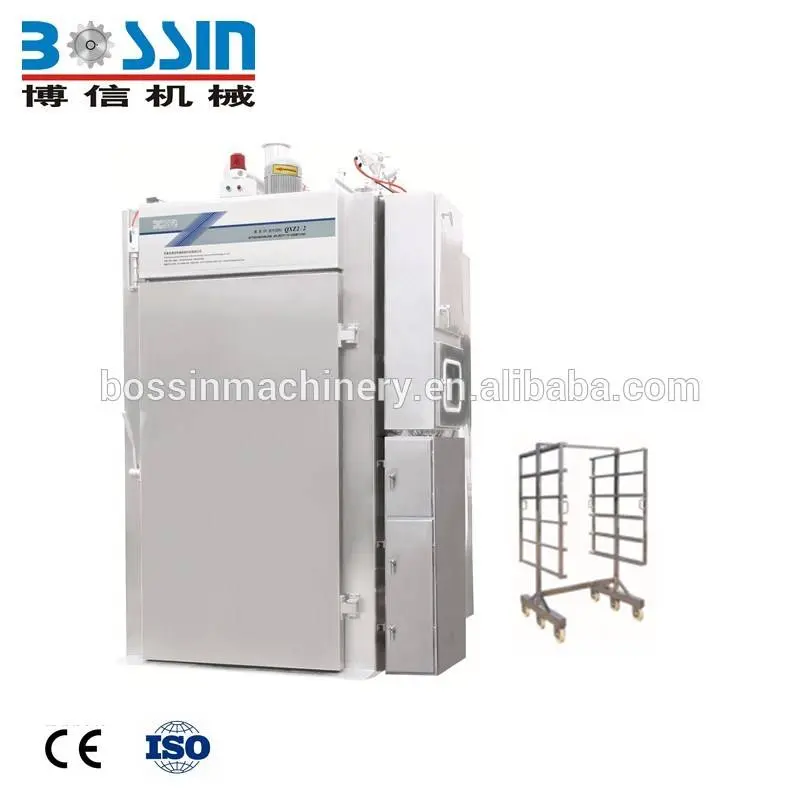
10월 . 09, 2024 10:48 Back to list
fish fillet machine
The Evolution and Importance of Fish Fillet Machines
In today's fast-paced world, the seafood industry is experiencing significant advancements in technology. One of the most impactful innovations in this domain is the fish fillet machine. These machines have transformed the way fish are processed, ensuring efficiency, precision, and hygiene in the food production line.
Historically, fish filleting was a labor-intensive task that required skilled labor. The quality of the fillets often depended on the expertise of the fishmonger, which could lead to inconsistencies in processing. With the growing demand for seafood and the need for higher production rates, the introduction of fish fillet machines has become a game-changer. These machines are designed to automate the filleting process, dramatically reducing the time and effort required to produce fillets from whole fish.
Fish fillet machines come in various models, catering to different sizes and types of fish. They are equipped with sharp blades that can precisely separate the flesh from the bone with minimal waste. This precision is not only advantageous in terms of product yield but also ensures that the fillets maintain their quality and texture. This consistency is crucial for both consumers and businesses in the seafood supply chain. With automated systems, manufacturers can produce fillets that meet market demands with unwavering quality.
Another notable advantage of using fish fillet machines is the improvement in hygiene standards. Manual filleting can introduce contamination due to human handling. However, modern fish fillet machines are built with food safety in mind. Many are constructed from stainless steel and incorporate easy-to-clean designs that adhere to the highest hygiene standards. This ensures that the seafood remains uncontaminated from the point of processing to the consumer's plate.
fish fillet machine

Moreover, the incorporation of advanced technologies in fish fillet machines allows for easy integration into existing processing lines. Manufacturers can benefit from increased production rates without the need for significant overhauls of their facilities. Additionally, many machines come with programmable settings, allowing for customization based on the type of fish being processed, which improves overall efficiency and reduces waste.
The economic impact of fish fillet machines cannot be overlooked. By automating the filleting process, companies can save on labor costs and reduce the amount of time spent on each fish. This efficiency translates to lower prices for consumers and higher profit margins for producers. In a competitive market, the ability to process fish quickly and efficiently is a crucial differentiator.
Environmental considerations are also at the forefront of the seafood industry today. Fish fillet machines help reduce waste by ensuring that more of the fish is utilized during processing. Many machines are designed to maximize yield, which is essential for sustainable practices in the fishing industry. The less waste in the processing stage, the better for overall fish stocks and marine ecosystems.
In conclusion, fish fillet machines represent a significant advancement in the seafood industry, streamlining the filleting process while enhancing quality, hygiene, and efficiency. As technology continues to evolve, we can expect further innovations that will revolutionize how fish is processed, ensuring that both producers and consumers benefit. With sustainability becoming a more pressing concern, these machines play an essential role in promoting responsible practices in seafood production. As the demand for fish continues to grow globally, the importance of fish fillet machines will only increase, shaping the future of the seafood industry.